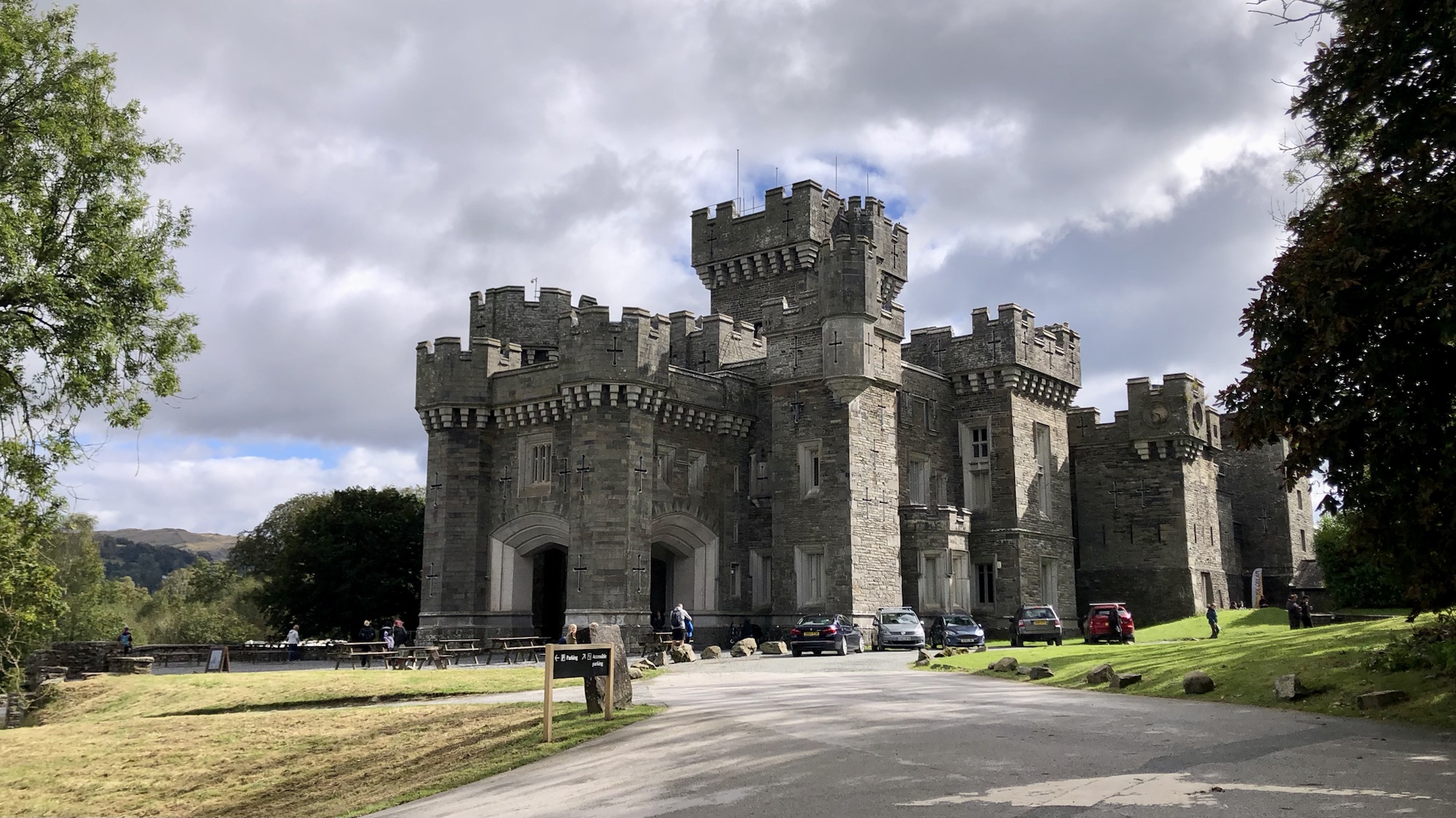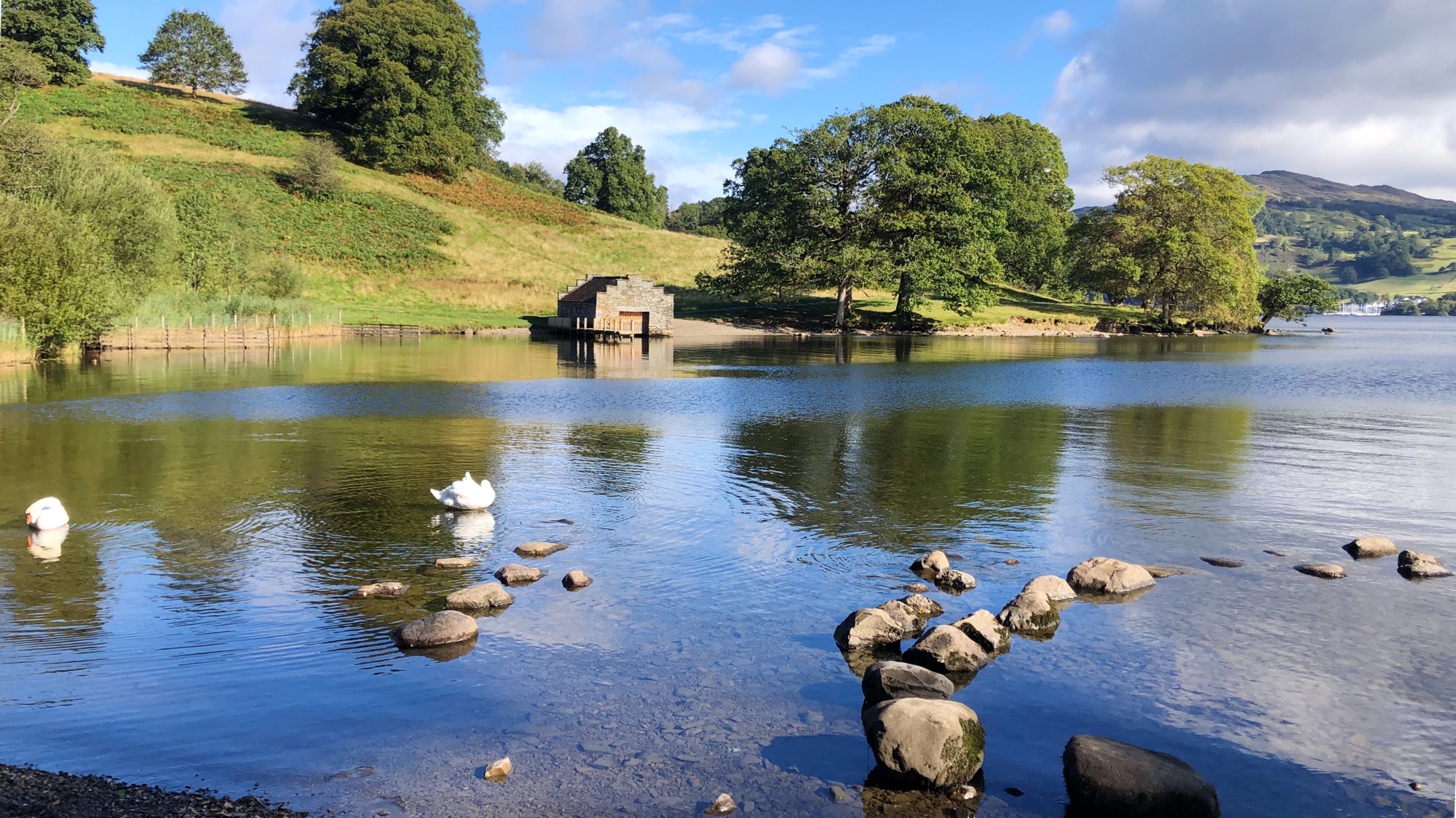A most invigorating morning walk along the western shore of Windermere, which, alas, has recently been thrust into the spotlight for reasons less picturesque. One hesitates to use the word ‘unprecedented’, yet here we are, discussing the unceremonious discharge of untreated sewage into the lake by that beacon of civic responsibility, United Utilities. It should be noted, of course, that this effusion occurred a good three or four miles downstream, so one can take comfort that Low Wray Bay remains a relatively unsullied corner of the lake. It is, after all, part of the National Trust’s Wray Castle property, which presumably comes with some immunity from the occasional deluge of filth.
Wray Castle is one of those grandiose northern follies built by businessmen who, having amassed fortunes from the very industries responsible for blackening the skies of cities like Liverpool, felt the need to retreat to the pure air of the Lake District. Typical of its ilk, though monumental in scale, it was the brainchild of one James Dawson, a surgeon from that city. Mr. Dawson, whose profession might suggest a more moderate income, fortunately married into great wealth — the kind accrued through shipbuilding and arms manufacturing. How fitting that a man of medicine should benefit from the profits of destruction. With this fortune, the Dawsons set about transforming the Wray farmland into their own Gothic wonderland, complete with a parish church, a home farm, and, naturally, a boathouse of gargantuan proportions, boasting its own miniature harbour for the family yacht, no doubt. The estate, finished in 1856, offered, from across the lake, a view as grand as the ambitions of those who built it — though, mercifully, without the scent of industry or sewage.

